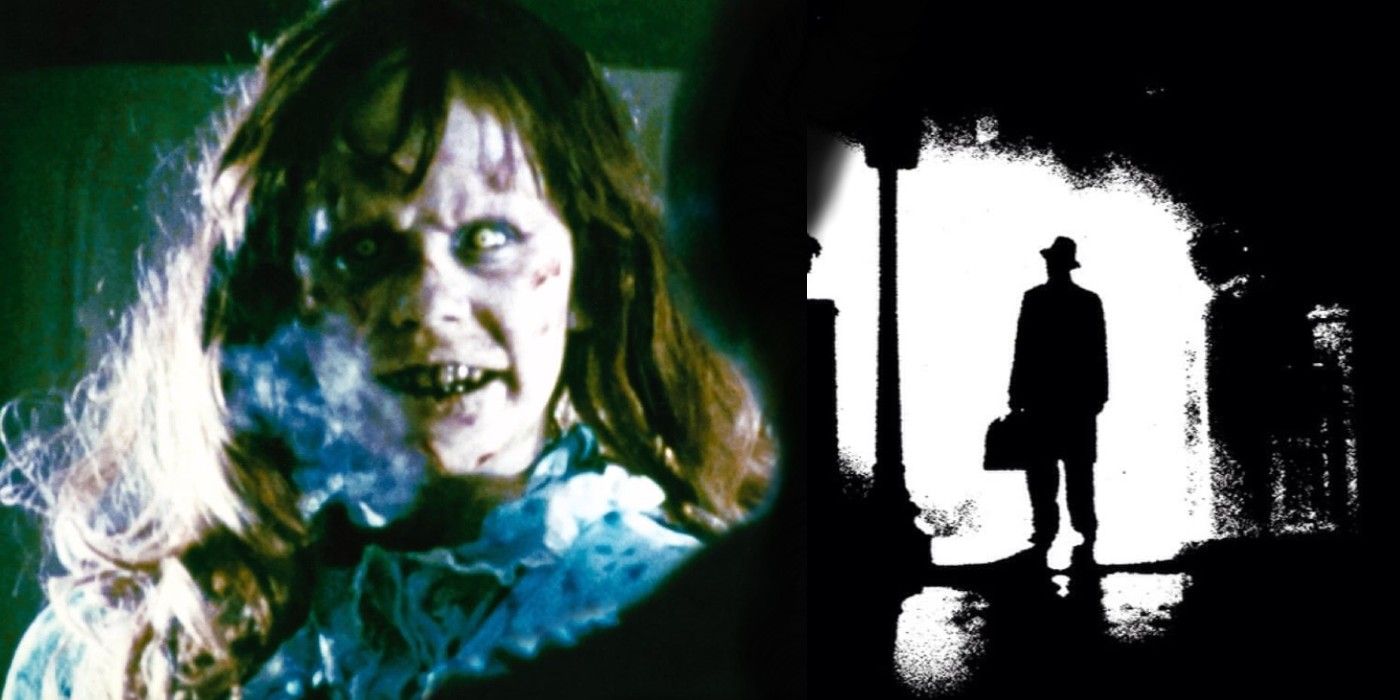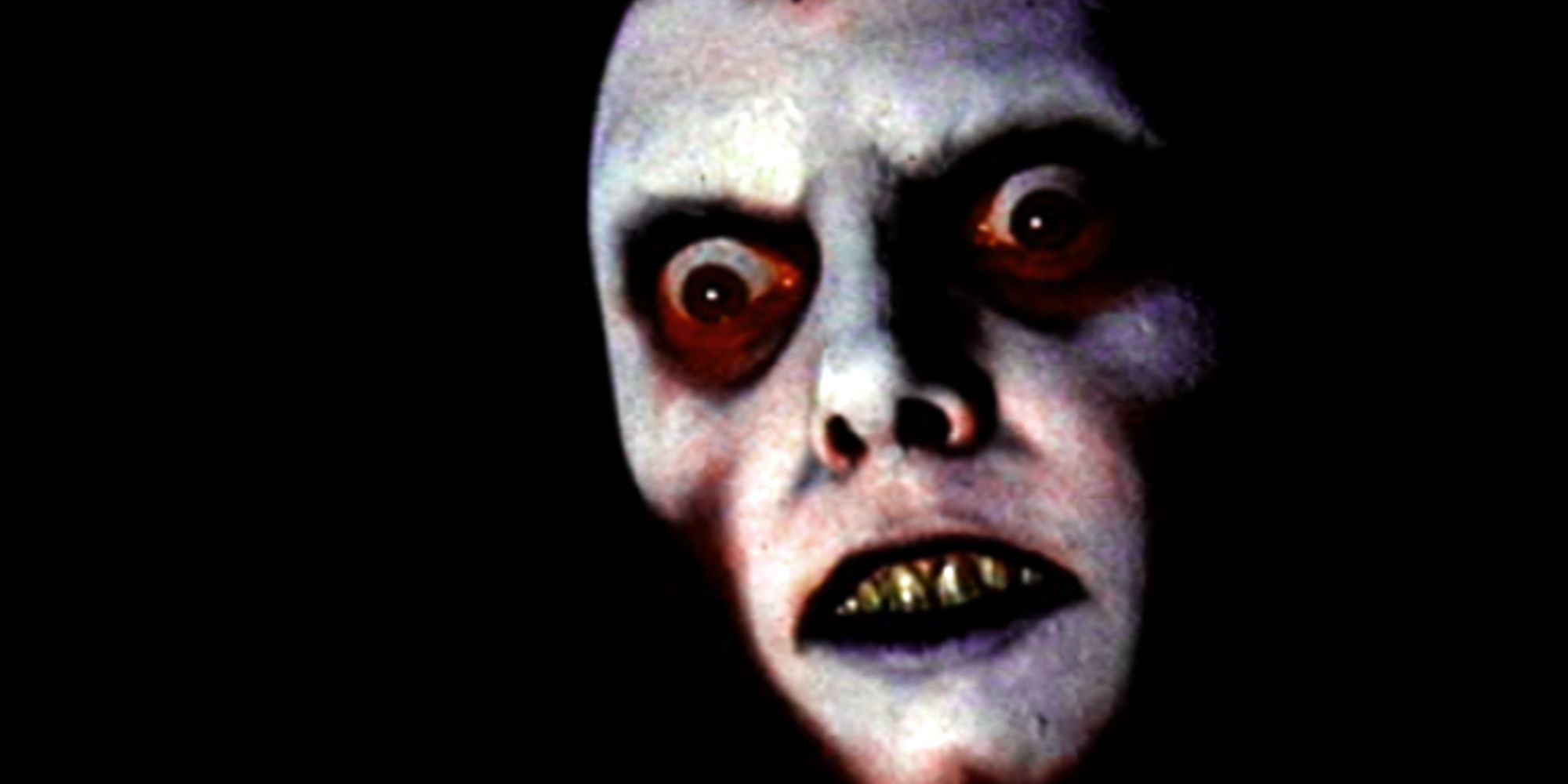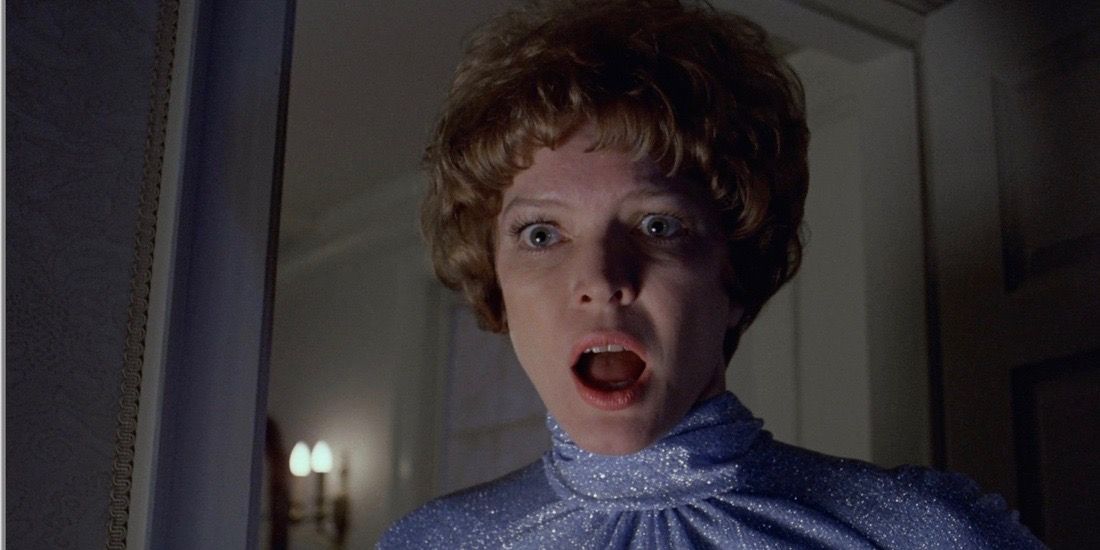
William Friedkin’s 1973 supernatural horror, The Exorcist, remains one of the scariest horror movies ever made. Based on the eponymous novel by William Peter Blatty, the film has altered the face of horror as we know it today, owing to the fact that the film’s insidiousness emerges from its vision, which is rooted in genuine terror. This is solidified by a recent ranking of the scariest horror movies by Rotten Tomatoes, in which, The Exorcist is placed at #1, cementing it as a movie-viewing experience that lingers amid the crevices of human memory.
The Exorcist follows a simple, yet effective narrative structure, that is familiar precisely because of how many stories have copied it. Innocent child, Regan (Linda Blair), starts exhibiting strange behavior that later culminates into an agonizing stretch of demonic possession. On enlisting the aid of priests of the Catholic Church, Regan’s family decides that the situation demands an exorcism, as the evil spirit possessing her claims to be the Devil itself. The directness of this premise has been the inspiration for countless films in the horror genre, including The Omen, The Amityville Horror, Stigmata, and to some extent, The Shining.
Horror is a genre that challenges audiences to confront their deepest fears while allowing the space for resolving cultural strife and a catharsis of sorts, tinged with a dose of fatalism. The Exorcist manages to evoke these emotions in the best way possible, which contributes to its status amid the collective consciousness and its immensely compelling nature. Here’s why The Exorcist is one of the scariest horror movies of all time.

Upon its release, The Exorcist became such an indelible cultural phenomenon that evangelists felt the need to give sermons on the very nature of evil, hinting that an ancient demonic force lived within the film’s fabric. However, this only served to fuel its allure, as audiences waited hours prior to its screening, despite reports of frequent fainting or vomiting incidents. The film is akin to a forbidden journey into acute existential despair and darkness, which provokes a compelling suspension of disbelief, a device used potently in this regard. The reason why the film scares audiences even today is because it does not rely on the clichéd use of jump scares, which is widely prevalent in the genre. Instead, The Exorcist is more atmospheric, creating an ambiance of suspenseful terror that preys on predominant human fears in various forms. This is similar to Friedkin’s previous work, namely his 1971 crime masterpiece The French Connection, which captures New York City by exposing its seedy, impoverished underbelly.
A compelling narrative within horror usually hinges upon realistic or surrealistic world-building, compelling characterization, and genuine stakes, and The Exorcist manages to deliver on all three. The film opens with Father Damien Karras (Jason Miller), a young priest who lives in the Christian conclave of Georgetown, a place imbued with beauty and suffering at the same time. These emotions are evoked within the initial shots, accentuated by the plight of Karras’ mother, who is left neglected inside a decrepit medical facility. As opposed to this, Chris Macneil, mother of Regan, is introduced as living a comfortable existence, which is disrupted when her 12-year-old daughter starts displaying signs of what seemed like a severe mental illness. It is indeed harrowing to witness the futility of medical tests in Regan’s case, as no amount of scientific inquiry can explain the abject misery and turmoil within Regan’s soul.
What is more dreary than witnessing the loss of innocence? This is the driving factor that makes the premise of The Exorcist realistic, as it evokes terror - the terror of witnessing such a nihilistic slice of life submerged in darkness. It is also interesting to note that the movie does not use overarching soundtracks, but instead, relies upon haunting piano sounds to suit the aura and mood of the frame. As the veil of suspense lifts, and the narrative makes it undeniably clear that Regan is under possession, even the most self-assured of skeptics are bound to re-evaluate how they feel about narratives that delve into the supernatural.

It is highly probable that the intense, visceral reaction in audiences of the time was due to the surreptitious use of frightening subliminal imagery that subconsciously impacted audience reactions. The demon who possesses Regan, Pazuzu, was derived by Blatty from Assyrian and Babylonian mythology, and it is his statue that is found by Father Merrin (Max von Sydow) during an archeological excavation in Iraq. This white-faced demon briefly flashes on screen at the film’s 45-minute mark, apart from appearing in a dream sequence featuring Father Karras. In one of The Exorcist’s extended cuts, the face of Pazuzu appears at 31 minutes and 29 seconds, when Regan is undergoing a medical examination. These blink-and-you-miss-it shots of the demon’s face were deliberately inserted by Friedkin to unnerve moviegoers with the use of subliminal images that were charged and anxiety-inducing.

What makes The Exorcist so chilling is its premise, which was based on a true story of demonic possession and exorcism of a 12-year-old child, who was provided with the pseudonym “Ronald Doe” for the protection of his identity. Apart from this, the set of The Exorcist became a site for unexplained occurrences of a malevolent nature, for instance, a sudden fire that affected the entire set except for Regan’s room, where most of the exorcism scenes were shot. Certain actors underwent accidents that impacted them for life, which is true in the case of Ellen Burstyn, who suffered a permanent spine injury due to a malfunctioned harness.
While this can be chalked up to the untoward misfortunes that life often throws at us, the death of nine cast and crew members during production and shortly after the release of the film seems too much to be a mere coincidence. Supernatural forces at work or not, some works of art undeniably carry an aura so inky, so heavy, that life starts imitating art, for the better or for worse. Nevertheless, it is due to a combination of nature and cinematic nurture, that The Exorcist still manages to scare today.
from ScreenRant - Feed https://ift.tt/2K13JOq

No comments: